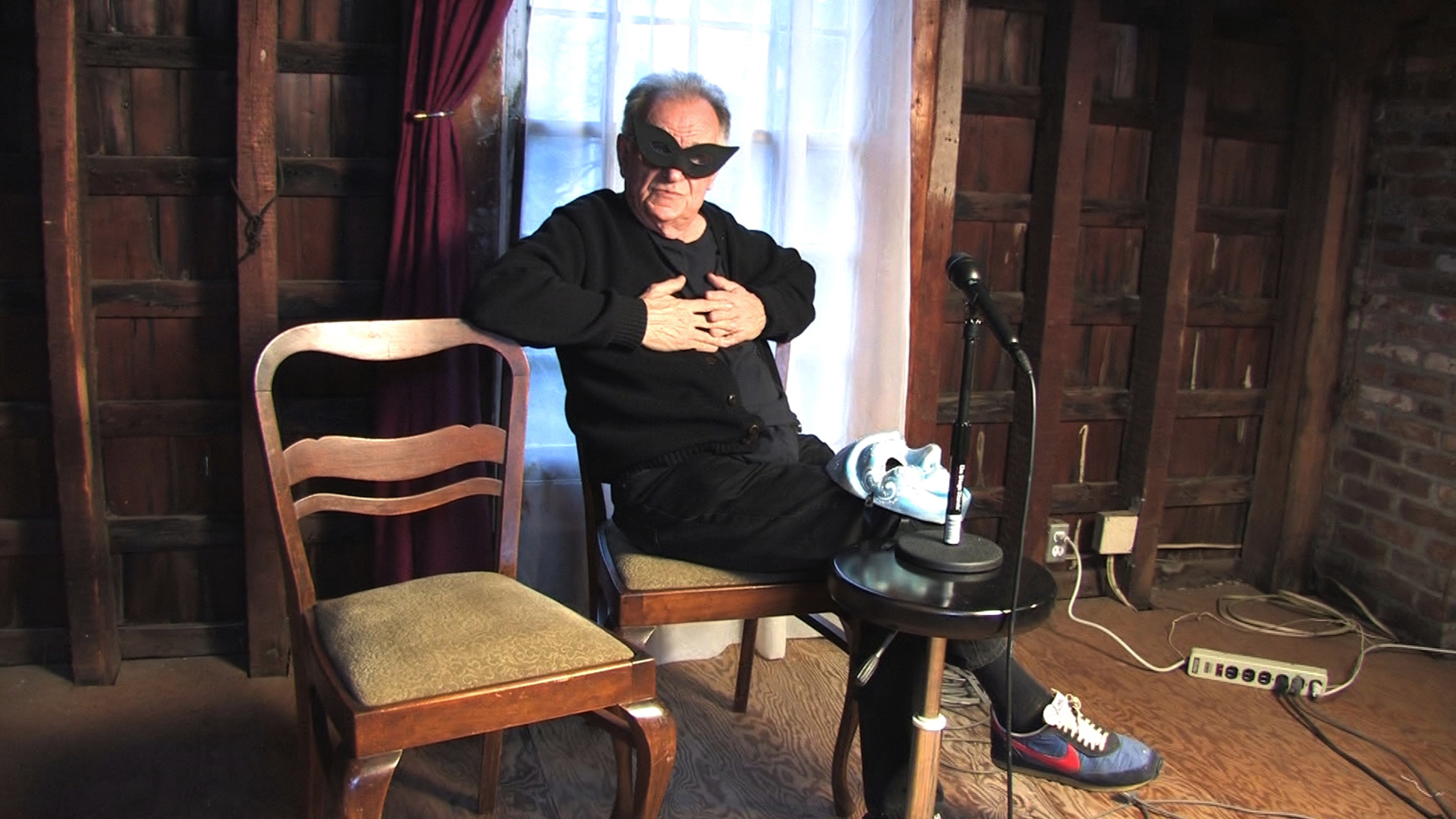Before Don Draper, there was Bert Stern—a man who forever shaped the way we looked at consumer products. Bert Stern: Original Mad Man takes an intimate look at one of the most influential fashion and celebrity photographers of the 20th century. Stern was a pioneer in the field of commercial photography, reimagining advertisements and fashion magazines alike with a modern and minimalistic eye.
The documentary closely examines Stern’s life, but often its story is sequentially unfocused. It shifts from the present day, replete with lawsuits and the travails of old age, to the past, by way of Stern’s memories.
Stern undoubtedly lived an extraordinary life, and is still lively and entertaining at the age of 94. Known primarily for shooting The Last Sitting of Marilyn Monroe six weeks before her death, Stern is a self-professed womanizer, who claims that women are his “favourite thing in the world.”
Starting out as the assistant to an art director at an advertising firm in New York City, Stern eventually moved into the realm of fashion and celebrity photography. This is what he is best known for today, having shot Monroe, Twiggy, Elizabeth Taylor, Richard Burton, and more recently, Kate Moss and Lindsay Lohan—the latter in an infamous recreation of The Last Sitting—throughout his long career.
The movie details Stern’s relationships with many women, but most notably his volatile marriage to American ballet dancer Allegra Kent. The focus on women lends the film an almost misogynistic tone, as it appears that instead of loving women and praising them in his pictures, Stern instead used the medium of photography to dominate and own them. Although Stern is not an unlikeable subject, some of his opinions are dated and sexist, and sit uncomfortably with a modern audience.
Director Shannah Laumeister is a close friend of Stern’s, and sometimes her relationship with the legendary photographer gets in the way of the film’s narrative. For example, the documentary tends to focus on their oddly sexual yet platonic friendship, instead of the more interesting, dynamic aspects of Stern’s life, such as his beginnings in advertising, and his relationship with his family. Removing the sections that feature Laumeister and her relationship with Stern would have created a much more focused and consistent direction for the film.
The director’s close relationship with the subject also allows for a large amount of bias, as more unsavoury (yet important) aspects of Stern’s personality and life are only casually revealed near the end of the documentary, only to be immediately swept away.
One of the most notable examples of this is Stern’s descent into mental illness in the ’70s, which is framed in a bizarre way that undermines the severity of the breakdown. Instead of portraying Stern’s illness as a cautionary tale against heavy drug use, its importance is downplayed.
Similarly, Stern’s estranged relationship with one of his daughters is hinted at near the end of the film, but her absence is given absolutely no explanation from Stern himself—Laumeister simply skims over the surface, instead of exposing any true familial emotion beneath Stern’s tough exterior. Interestingly, Stern’s son is not interviewed in the film, for reasons that also go unacknowledged and unexplained.
Despite the documentary’s subject’s extremely exciting life, Bert Stern: Original Mad Man becomes depressing.
“I shouldn’t have been so happy [when I was young], I should have saved it for now … when I need it,” Stern states in the film.
It seems that even with all of his experiences within the world of celebrity, the lack of close personal relationships in Stern’s life has come back to haunt him. His isolation is a topic which is conspicuously missing from the film, and it might be the cause of his estranged relationship with at least one of his children. It’s unfortunate—although he caught many beautiful moments on film, Bert Stern seems to have neglected to pursue them in his own life outside his studio.
Bert Stern: Original Mad Man opens Mar. 29 at Cinema du Parc (3575 Avenue du Parc).








